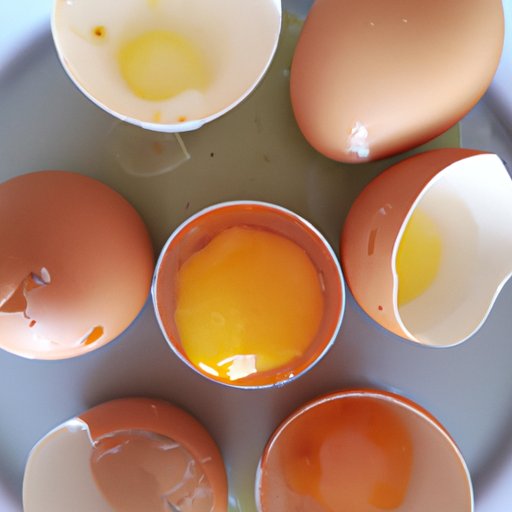
Introduction
Eggs are a staple of many diets worldwide, providing an inexpensive and versatile source of protein. However, eggs, like any perishable food item, can go bad, potentially causing illness if consumed. If you’re wondering how do you know an egg is bad, then you’ve come to the right place. In this guide, we will go over six different tests you can carry out to check the freshness of your eggs.
Visual Inspection
The most common way to check if an egg is fresh is by visually inspecting it. Begin by holding the egg up to the light, and looking for any cracks or black spots on the shell. If there are any present, the egg is unsafe to eat. The next step is to check the shell’s texture, as a slimy or sticky shell is an indicator of a spoiled egg.
Sniff Test
If you’re still unsure about the egg’s freshness after the visual inspection, the sniff test is an excellent way to double-check. Hold the egg up to your nose and give it a whiff. A good egg should not have any odor, whereas a sulfurous smell is an indicator that the egg is spoiled.
Shake Test
The shake test is another easy way to determine if an egg is fresh or not. Hold the egg up to your ear and give it a gentle shake. If you don’t hear anything, the egg is fresh. If you hear a sloshing sound, then the egg is likely spoiled. However, be aware that the shake test is not always accurate, as eggs that are several weeks old can still pass this test.
Water Test
The water test is another practical way to check an egg’s freshness. Fill a bowl with cold water and gently place the egg in it. If the egg sinks to the bottom and lays flat on its side, it is still fresh. If it stands upright on the bottom or floats, it is not safe to eat.
Candle Test
The candle test is another inspection method with roots dating back to the days of candle-making. Hold a flashlight under the egg, and if the egg’s contents appear clear and well-formed, then it is safe to eat. However, if you spot any dark or cloudy spots, then the egg is contaminated and should be discarded.
Use-By Date
All eggs come with a use-by date that gives you an idea of how long you have before the egg reaches the end of its life. The date usually appears on the carton, and you should always double-check it before purchasing and using eggs. Even if an egg appears to pass all the freshness tests, it is best to discard it if it has gone past its use-by date.
Conclusion
So, how do you know an egg is bad? Well, there are six ways to check the freshness of an egg: visual inspection, sniff test, shake test, water test, candle test, and use-by date. While some of these tests may not be completely accurate, carrying out multiple inspections can give you a good idea of whether an egg is safe to consume or not. Remember that when dealing with eggs, it is essential to take the necessary precautions to avoid any potential illness. Keep eggs in their original packaging, store them in the refrigerator, and wash hands thoroughly after handling. By following these steps, you can ensure that you’re cooking with fresh and safe eggs every time.




